Special Thanks
We would like to extend our gratitude to Joseph P Barsky, Agricultural Research Technician (and Research Forester) at the Connecticut Agricultural Experiment Station in New Haven, who was interviewed for this article. His detailed insights into tree care have significantly enriched our coverage and provided our readers with expert perspectives on maintaining Connecticut’s forests.

Understanding Connecticut Tree Forest Health: Challenges and Solutions
Connecticut’s forests are an important part of our state’s natural beauty and a vital resource for our communities. However, many people overlook the challenges that threaten Connecticut tree forest health. From invasive species to tree diseases and even the risk of wildfires, our forests face many hidden problems. In this article, we will explore these issues, share personal experiences from local outreach events, and explain how you can help protect Connecticut’s valuable forest ecosystem.
The Importance of Connecticut Tree Forest Health
Connecticut’s forests provide clean air, beautiful landscapes, and homes for countless wildlife species. They also protect watersheds and offer natural filtration and forest products which help support the local economy.
Healthy trees improve our local environment by filtering air pollutants and stabilizing the soil. They offer recreational opportunities and boost property values. However, the public often thinks that forests are always thriving without realizing that many factors threaten Connecticut tree forest health. By understanding these issues, residents can take an active role in preserving the state’s natural resources.

Misunderstandings About Forest Health in Connecticut
Many people see a lush, green forest and can make the mistake that our forests are healthy and resilient. But beneath the surface, there are challenges that affect Connecticut tree forest health. One major issue is the presence of invasive species. These non-native plants spread rapidly and disrupt the natural balance of local ecosystems. They crowd out native species, which have evolved over thousands of years to thrive in Connecticut’s climate and soil.
For example, an invasive vine or shrub can take over a forest area, blocking sunlight and essential nutrients from reaching understory plants. Many of these native shrubs offer nectar for insects, which in turn serve as a foodsource for declining bird populations. When native trees suffer, the entire ecosystem can begin to collapse. Understanding this concept is key to improving Connecticut tree forest health.
Invasive Species: A Threat to Connecticut Forests
Invasive species are one of the biggest threats to Connecticut tree forest health. Unlike native plants, invasive species often lack natural predators in Connecticut. This allows them to grow uncontrollably and proliferate into new areas. They inhibit native trees from establishing the future forest.
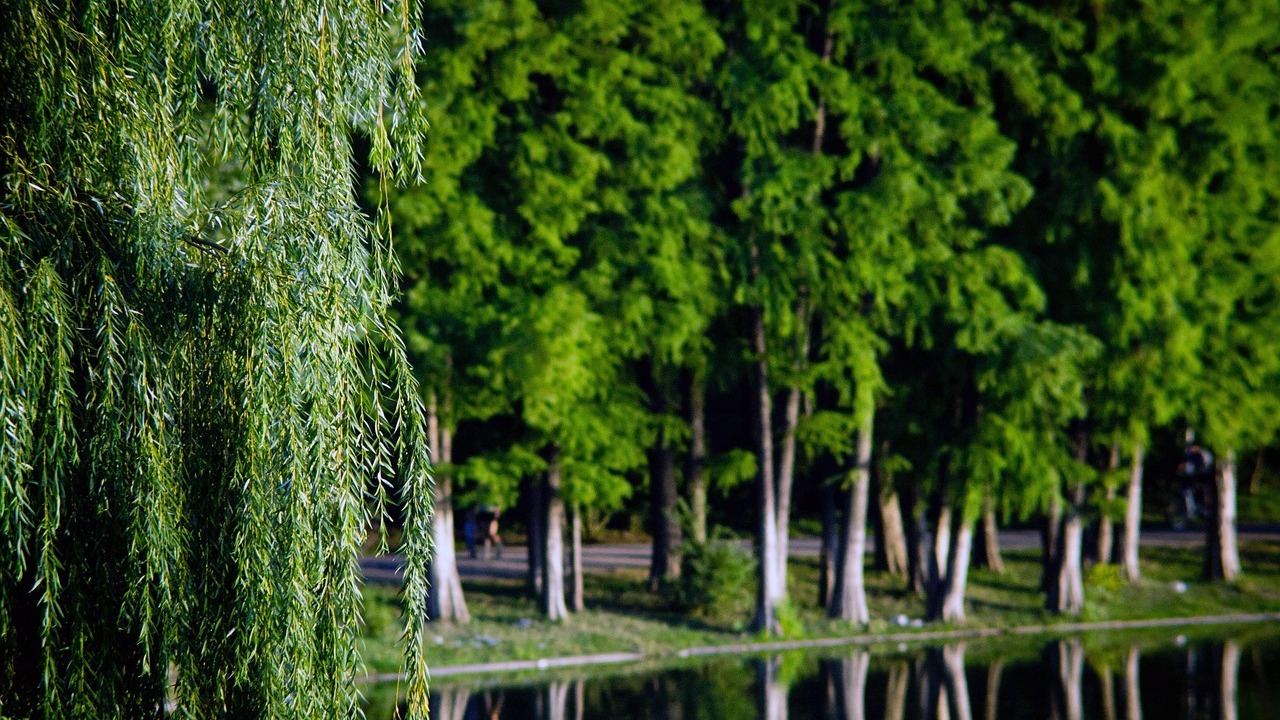
Imagine a classroom where one student dominates every conversation, leaving little room for others to share their ideas. In a similar way, invasive species can overrun native plants, making it difficult for local forests to maintain their natural balance.
Efforts to control these species are ongoing, but they require community awareness and participation. Residents can help by learning to identify invasive plants and avoiding their spread. Simple steps, like cleaning your shoes and outdoor equipment before hiking, can prevent the unintentional transport of invasive species from one area to another. Similarly, local plant nurseries have knowledgeable staff which can help select and identify suitable native plants for your backyard habitat.
Forest Diseases Affecting Trees
Just as people can catch illnesses, trees too can suffer from diseases. Various pathogens attack Connecticut’s trees, weakening them and making them more vulnerable to other threats. When trees get sick, they lose their ability to fight off invasive species and recover from environmental stresses.
Consider how a neighborhood would look if many trees suddenly lost their leaves and died.
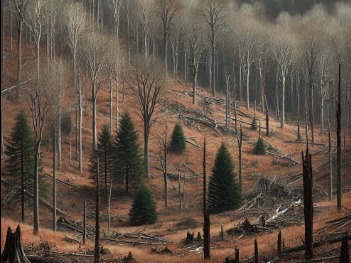
The loss of shade, clean air, and wildlife habitats would be dramatic. This has actually happened. In early 1980s, widespread gypsy moth (now called spongy moth), caused defoliation in CT. It happened again in eastern CT in 2017-18, and 2018-2019 in western CT. There are thousands of dead trees across CT as a result of that one insect.
In Connecticut, diseases such as oak wilt or beech bark disease have already begun to affect our local forests. Awareness and early detection of these diseases are crucial for protecting Connecticut tree forest health.
The Impact of Wildfires in Connecticut and Beyond
Wildfires are another serious threat to forest health, even in Connecticut. Although our state may not experience the same scale of wildfires as seen in California, wildfire risks still exist. Dry conditions, accumulated dead wood, and invasive species can create a dangerous environment that leads to fires.
Wildfires not only destroy trees but also endanger nearby homes and communities. They release large amounts of smoke and pollutants into the air, which can affect everyone’s health. Recent wildfires in California have shown that once a fire starts, it can quickly grow out of control, leading to devastating consequences.
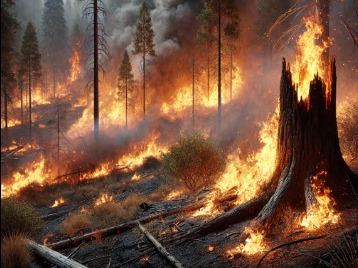
By studying these events, Connecticut residents can better prepare for and prevent similar situations in our state.
Local Outreach: Learning from the Flower Show
Outreach efforts are making an impact in Connecticut. For instance, forest health exhibits at the Connecticut Flower Show provide an opportunity to connect with with many families, gardeners, and nature enthusiasts who were excited about local flora but unaware of some of the challenges affecting our forests.
During the show, I explained how invasive species can harm Connecticut tree forest health. I used simple language and relatable examples to show how non-native plants can overrun local ecosystems. One memorable moment was talking with a family who visited our outreach booth. They asked questions about how to identify invasive species and what steps they could take to protect native plants. These conversations demonstrated the importance of community engagement in preserving our forests.

How Connecticut Residents Can Help Protect Our Forests
Everyone has a role in protecting Connecticut tree forest health. Here are some easy steps you can take:
Learn About Your Local Ecosystem: Find out which trees and plants are native to Connecticut. Local libraries, plant nurseries, garden centers, and nature centers can be great resources for this information.
Identify and Report Invasive Species: When hiking or gardening, look out for plants that seem out of place. Report any suspicious species to local environmental agencies such as the Connecticut Agricultural Experiment Station or the Connecticut Department of Energy and Environmental Protection. Participate in Community Events: Join tree planting projects, Earth Day events, or educational workshops focused on Connecticut forest health. These events not only help the environment but also build community spirit. Practice Responsible Outdoor Habits: Always clean your hiking boots and gear to prevent spreading invasive seeds. When working in your garden, choose native species over non-native ones.
By taking these steps, you can directly contribute to improving Connecticut tree forest health. Small actions by many individuals can lead to significant positive changes in our local environment.

Recent events such as the wildfires in California serve as a powerful reminder that forest health issues are not isolated to one region. These disasters affect ecosystems, communities, and economies on a large scale. While Connecticut may not experience wildfires as frequently, the underlying issues—such as the spread of invasive species and the impact of forest diseases—are similar.
Understanding these connections can help Connecticut residents see the importance of taking care of our own forests. By learning from national examples and applying those lessons locally, we can work towards a healthier and more resilient forest ecosystem here in Connecticut.
A healthy forest in Connecticut not only benefits the environment but also boosts the local economy. Healthy trees can increase property values and attract tourism. When people visit state parks and nature reserves, they contribute to local businesses and the overall economic health of the community.

Moreover, forests provide a space for education and recreation. Children can learn about nature firsthand, at many of the nature centers across Connecticut and families can enjoy outdoor activities that foster a connection with the environment. By preserving Connecticut tree forest health, we are investing in the future of our state and ensuring that generations to come can enjoy the natural beauty that our forests offer.
Protecting Connecticut’s forests is a community effort. By working together, we can overcome the challenges posed by invasive species, forest diseases, and wildfires. Here are some final steps to take action:
Educate Yourself and Others: Knowledge is power. The more you learn about Connecticut tree forest health, the better equipped you will be to make a difference. Join local conservation efforts: Look for local groups such as town conservation commissions or local land trusts or events that focus on forest health. Your participation can help spread awareness and drive change. Stay Informed: follow local news and updates from environmental agencies.

Being aware of the latest developments can help you act quickly when necessary. Share Your Passion: Encourage friends and family to appreciate and care for Connecticut’s forests. Every conversation about forest health can lead to more community action.
Taking these steps will not only improve Connecticut tree forest health but also create a safer and more vibrant community for everyone.
Connecticut tree forest health is a complex issue, but with awareness and action, we can protect our state’s valuable forests for future generations. Invasive species, tree diseases, and wildfire risks are real threats that require a combined effort from individuals, communities, and local agencies. By understanding the challenges and participating in local outreach events, such as those held at the Connecticut Flower Show, we can help maintain the balance of our local ecosystems.
By taking action today, you can help secure a healthier, greener future for Connecticut. Remember, a well-cared-for forest means a thriving community.
 Add Row
Add Row  Add
Add 


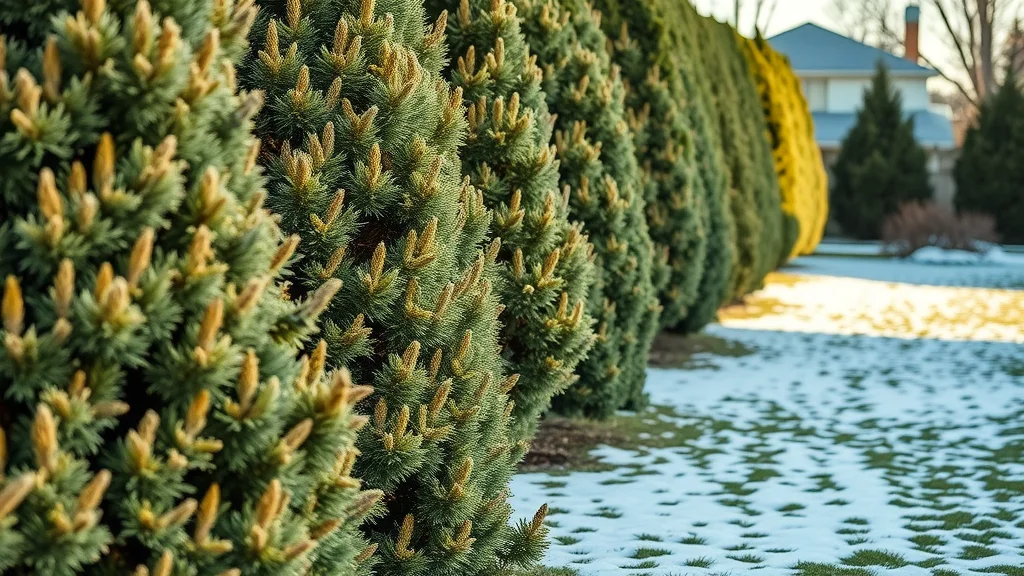
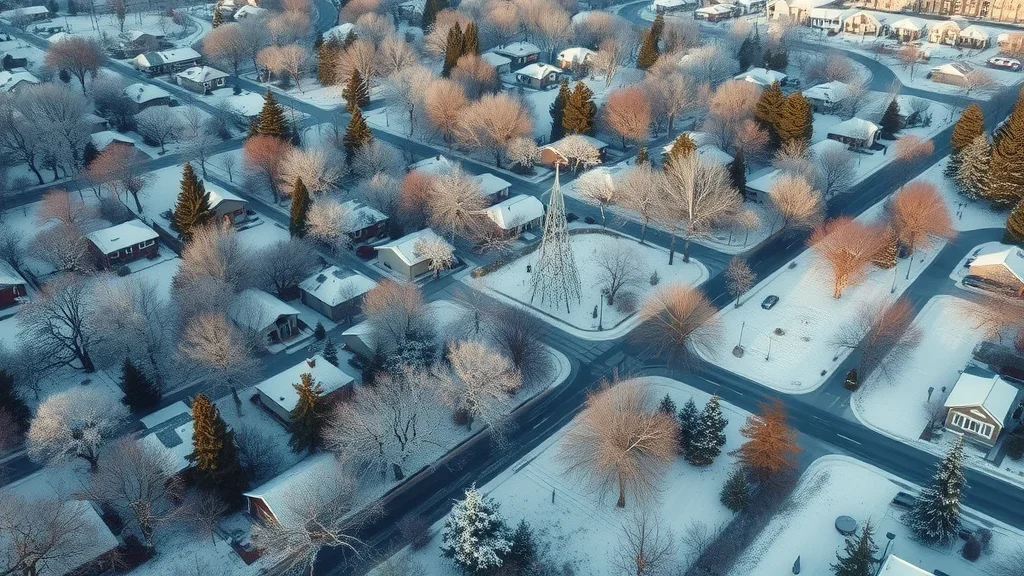
Write A Comment